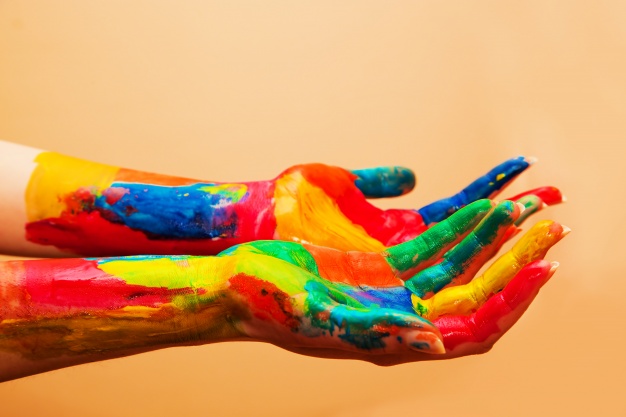Imagine yourself 12 months from now, sitting having a coffee with a friend. What would you tell them about your equity consciousness over the year? What will you be most proud of? This can be the year to stop drifting through our thoughts and instead become aware of how our unique journeys can help us be our best selves.
Living in a society where far too many students graduate from education systems unprepared for the lives they want to lead, and the journey to higher education having more and more road blocks for many, substantiates the need for a shift in mindset when it comes to equity and inclusion. Think back to the countless hours that, packaged together, equate to your education. Ahem. Add in the thoughts of a time where either you struggled or observed someone else struggling. Hmm. Now consider if the resources were always equitable. It’s unnerving, isn’t it? These experiences, either consciously or unconsciously, shape us into who we are today. Focusing on equity consciousness affords us the opportunity to bring a more conscious effort to an inclusive mindset.
Equity consciousness began for me as a young child with a friend who has a learning disability. This experience stands out for me, and changed my equity-driven thinking because she wasn’t just any friend, she was my ‘bestie’. Our teacher gave me opportunities that were not afforded to my friend solely because her learning required a different approach. The lack of opportunity wasn’t random. It was a choice of the adult, based off the societal and educational environment she was trained in. Unfortunately choices with the same impact are being made in society still today. Being equity conscious brings hope to move from isolation to unity.
Let’s look at the field of education. Here’s some numbers to back up the drive behind shifting to a more equitable and inclusive mindset. In a 2018 TNTP study, The Opportunity Myth, 4,000 students unveiled they were not being afforded the opportunity to master challenging material because the chance to try wasn’t on offer. This gap then presents itself in higher education revealing that though the drive to enroll students in universities has risen, once there they are met with uneven progress. Not a believer? A 2019 analysis of Race and Ethnicity in Higher Education reveals that a quarter of black students earning bachelor’s degrees double the average acquisition time taking 12 or more years to graduate. That’s astounding. Our equity consciousness directly impacts, negatively or positively, not only our journeys of becoming our best selves, but also the journey of others. The good news is, when we know better we can do better.
No matter what our attention level to equity is right now, we can always use a shift in mindset. Equity consciousness is a great place to start when looking for ways to improve how we engage in diversity. A multi-dimensional way to self-reflect can guide this change. By driving our equity thinking through the lens of a deficit view, rationalization, diversity erasure and normalization, we empower the movement of universal learning and living. Over the next few blog posts each of these lenses will be further unpacked but for today, let’s dig into the meanings behind this multi-dimensional way to self-reflect on our equity consciousness.
deficit view. A view that individuals from some cultural groups lack the ability to achieve just because of their cultural background. There’s an underlying belief that the other culture is deficient in important ways from the dominant group.
rationalization. Some ideas about diversity emphasize the uniqueness and potential in each individual and posit that all differences across individuals count the same as long as they are “true to themselves.” The disconnect is that people often adjust their beliefs and desires to match concocted ones. It’s about how we transfer information between the different kinds of processes and representations that influence our behavior.
diversity erasure. This approach focuses on de-emphasizing differences (Wolso et al., 2000; Apfelbaum et al., 2012). Often seen as denial of differences by emphasizing sameness.
normalization. A tactic used to desensitize an individual to inappropriate behaviors. A manipulation of another human being to get them to agree to, or accept something that is in conflict with the law, social norms or their own basic code of behavior.
Back to coffee with a friend. Equity consciousness is about disturbing the habits and behaviors that do not serve an equitable nor inclusive view on universal learning and living. If you want to meaningfully alter your life and those within your sphere of influence, start here! Be equipped to share how you’ve moved toward a more equitable and inclusive way of learning and living. Share how experience in reflecting on your equity consciousness helps you see things differently – what you want to be free from, but also on what you are now free to become.
It’s a game changer. There are several ways for you to be a part of the movement. Pick one, or two, or three, or all. You’ll be so glad you did.
- Share. Spread the word through Likes, shares, and following us on social media.
- Reflect. Be a part of our research study by completing our Equity Consciousness® Teaser Test.
- See it. Be it. Sign up for one of our pilot study discussion groups.
- Network. Subscribe to our community so we can continue the conversation.
You can listen in through PodBean.

